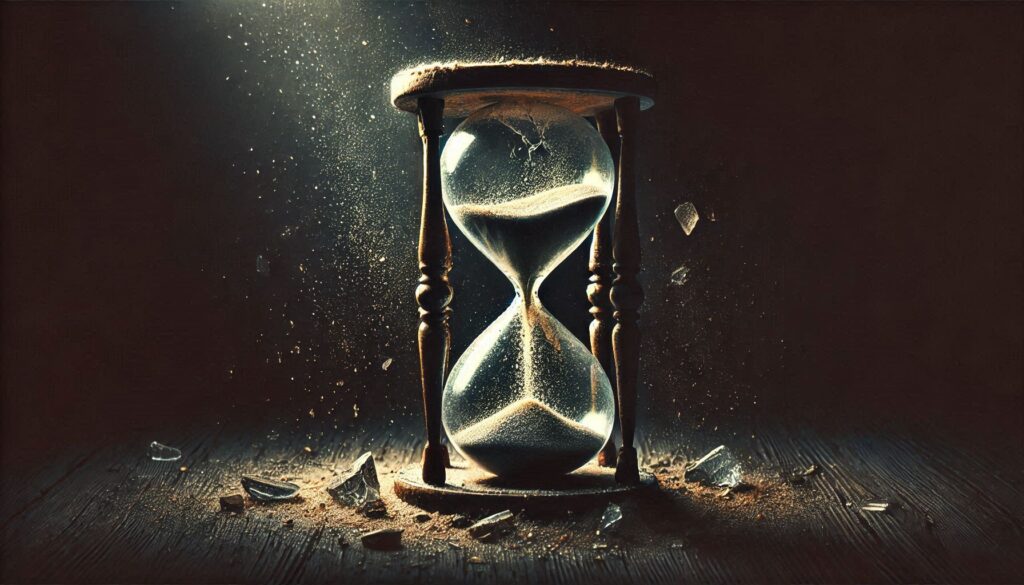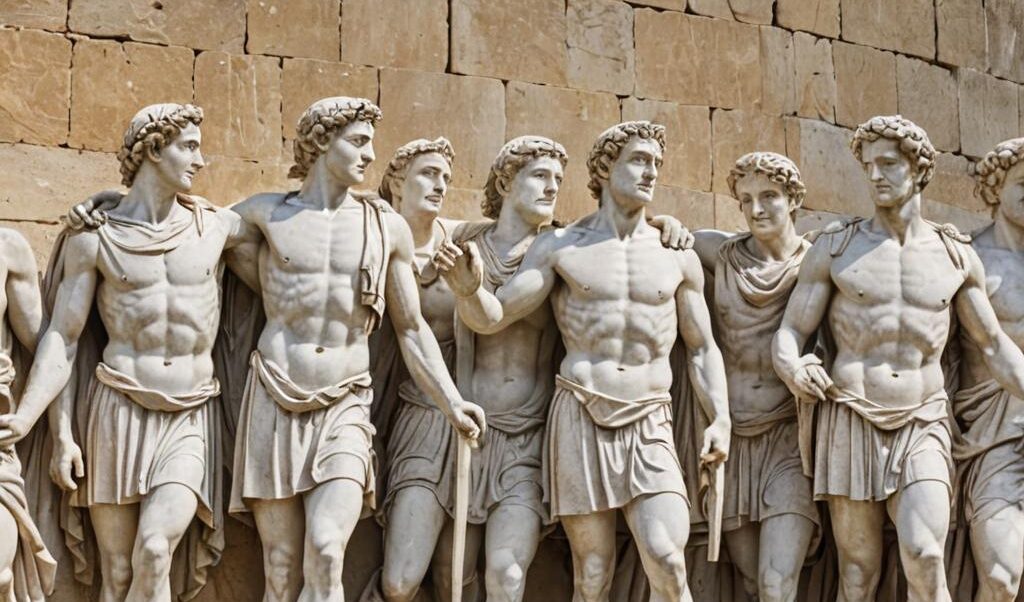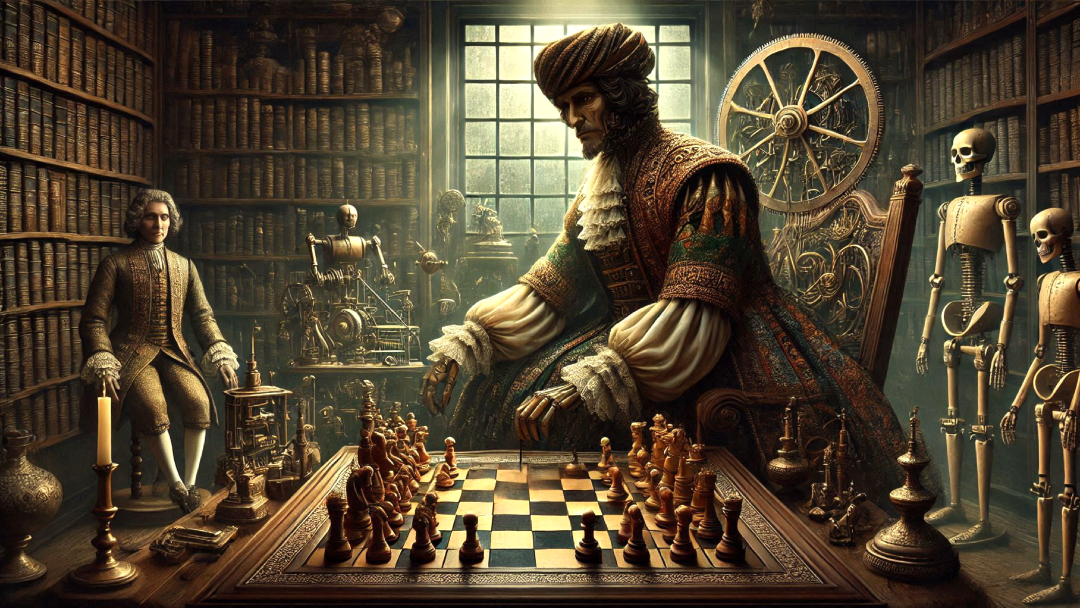Time has always been a subject of curiosity, both from a physical and philosophical perspective. Throughout history, humans have tried to understand the nature of time, developing various theories to measure and define its flow. However, some theories raise intriguing questions about the accuracy and integrity of time’s flow. One of these is the Lost Time Theory and the Phantom Time Hypothesis based on it. So, what are these theories, and what kind of interesting ideas do they propose?
What is the Lost Time Theory?
The Lost Time Theory, based on uncertainties in historical time periods, discusses periods of time that are claimed to have been lost or erased. According to this theory, parts of time might have been deliberately erased or miscalculated. Throughout human history, it is suggested that various events and gaps in historical records indicate that a certain period of time may have been lost.
The main argument of the Lost Time Theory is that these lost time periods were deliberately ignored or incorrectly recorded by societies, religions, governments, or scholars. An example of this theory is the so-called “missing years.” Studies of calendars and historical records of various civilizations suggest that certain time periods may have been lost. The validity of these lost time periods remains a topic of debate, but the theory raises profound questions about the accuracy of time itself.
The Duration of Lost Time

According to the Lost Time Theory, the lost time usually spans a period of centuries. One of the most common examples of lost time is the “lost 13 years” phenomenon. According to this theory, during a specific period, such as the early 8th century, calendars or historical records were either miskept or deliberately erased, and therefore no historical record exists for a 13-year span. These lost years are not found in public knowledge or historical records due to uncertainties in the calendar calculations of a particular era.
Another example is the “lost 300 years” hypothesis. According to this hypothesis, a time period that allegedly occurred during the Ancient Roman period has been completely ignored. These lost years are associated with some significant historical events missing from the records and suggest that certain parts of history may not have occurred at all.
What is the Phantom Time Hypothesis?
The Phantom Time Hypothesis offers an even more striking and interesting approach. This hypothesis suggests that time itself may have been distorted or manipulated. It was proposed in 1991 by German historian Heribert Illig. Illig claimed that a specific period of the Middle Ages (approximately 297 years between 614 and 911 AD) never actually occurred, and that these years were later added as a “fictional time period” in historical records. According to this claim, the shift in calendars was the result of a manipulation made to restructure the Christian calendar and present authorities as important historical figures.
Main Claims of the Phantom Time Hypothesis
The Phantom Time Hypothesis generally presents the following claims:
- Calendar Manipulation: The recording and measurement of time may have been distorted due to errors or manipulations in ancient calendar systems. For instance, an event claimed to have occurred in the 8th century may not have actually happened.
- Misleading Historical Records: Various historical sources and documents may suggest that the recording of time was inaccurate or wrong. This could have led to the loss of time as a result of later corrections.
- Societal Influences: Phantom Time is associated with the reorganization of time itself by certain cultures or political structures. Some historians claim that lost time was deliberately erased for cultural, religious, or social reasons.
Criticism of the Lost Time Theory and the Phantom Time Hypothesis
Naturally, the Lost Time Theory and Phantom Time Hypothesis have faced significant criticism from the scientific community. Many scientists argue that these theories are not based on scientific foundations and that the idea of time being lost or manipulated is not possible based on historical and archaeological evidence. There is no concrete proof that time has been lost, and these theories are often seen as assumptions that are not based on historical records.
In particular, historical records may have handled time periods in different ways across cultures. For instance, some ancient calendars may have made different calculations and used different month and year systems. These kinds of differences, while appearing as lost time, may actually stem from variations in calculations and time periods.
According to the Phantom Time Hypothesis, the Lost Time

According to the Phantom Time Hypothesis, the lost time may have “never actually occurred.” In this hypothesis, the lost time could sometimes go back thousands of years. For example, it is claimed that a historical period may not have actually occurred but was later accepted by subsequent generations as a historical “fictional time period.” According to some proponents, this happened due to the disappearance of ancient times through calendar, religious, or cultural manipulations, followed by the inclusion of artificially created years in historical records.
The Place of Lost Time in the Present Day
The duration of lost time has been accepted in different ways across various time periods. However, some theories suggest that the lost time could have lasted “approximately 1000 years.” This particularly emerges in certain historical gaps from the Middle Ages. It is argued that this lost time still contains gaps and uncertainties in modern historiography. However, in general, the length of lost time cannot be precisely determined because there is no concrete evidence about exactly when the lost years disappeared.
Although the Lost Time Theory and the Phantom Time Hypothesis raise intriguing and mysterious questions about the nature of time, the scientific accuracy of these theories is debatable. However, these theories have led people to question how reliable time is, how accurately it has been measured, and how trustworthy historical records are. These topics encourage both philosophical and scientific reflection, demonstrating that further exploration is needed to understand the nature of time.
The mystery of time will continue to be a great source of curiosity for humanity.
React with emojis!












